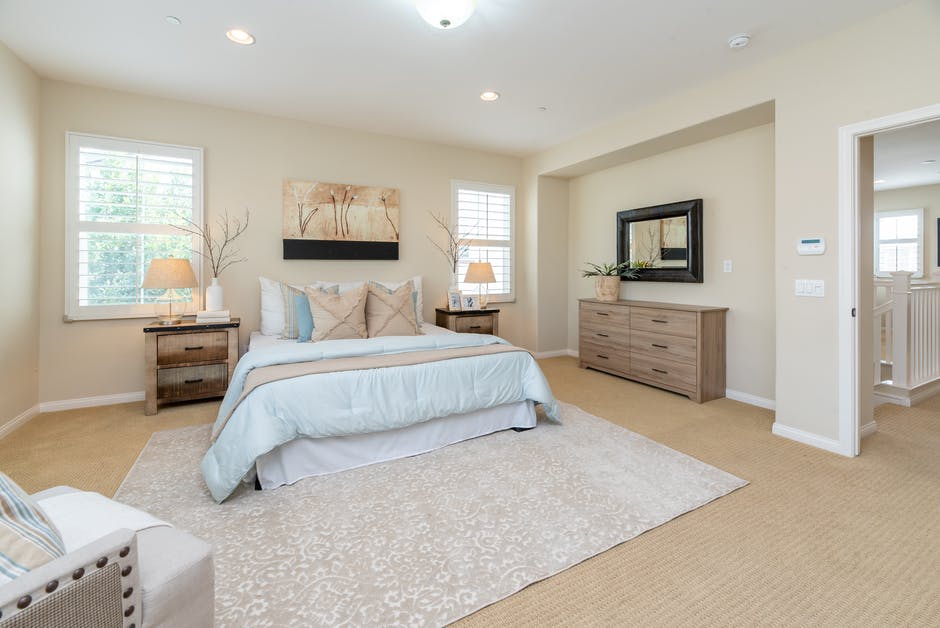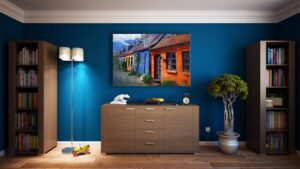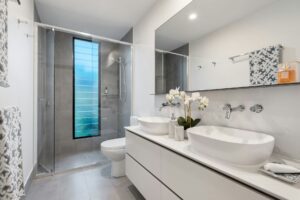35% of American adults experience some symptoms of insomnia. Sometimes insomnia is caused by some kind of major sleep problem, but often the issue can be solved with simple changes.
If you have trouble falling asleep, it may be time to take a look at your bedroom design. You may find that it’s causing you unnecessary stress and has become an environment unideal for sleeping.
Keep reading to find out how to design your bedroom in a way that invites sleep.
Color Choice
When it comes to bedroom decor, one of the first things you probably consider is color. The choice of colors in your room can have a great impact on how easily you fall asleep and stay asleep.
Generally, most people found soft, warm colors to be the most inviting and relaxing. But if you prefer cool colors that’s fine too. The most important thing is to avoid anything overly vibrant or stimulating.
Use the Right Bedding and a Canopy
You need to make your bed as inviting as possible. If your bed isn’t a place that you want to be, you won’t be enticed to get more sleep in it. Consider this in everything from bed sheets, pillows, and comforters to headboards and even canopies.
Choose inviting colors in materials that feel cozy to you. Consider all-natural materials that wick sweat away such as Egyptian Cotton. Regularly washing your sheets will also help you sleep on them.
Canopies are more than just a pretty accessory to add to your bed. They can make you feel more secure, restrict light and sound, and keep out pesky bugs. There are so many benefits to this product to discover.
Lighting
We just mentioned restricting light. This is one of the most important things that you can do in your bedroom design. Light delays melatonin release which makes it harder to sleep.
Make sure that your bedroom has good curtains or shades to keep out unnecessary light at night, and remove electronics! Avoid having an electronic blue glow in your room, and limit screen time to at least an hour before bed.
In general, it’s best to have as few distractions in your bedroom as possible. Let it be a place you only associate sleep with. So, reduce any unnecessary clutter like makeup, games, hobbies, etc. as well.
Restrict Sound
Lots of people find their sleep interrupted by sudden and obtrusive noises. Don’t give them the chance!
You can design your room with black-out curtains to help remove outside sounds. Fill your room with soft and plush objects to help absorb unwanted noise. And invest in a small sound machine to cover up other sounds with pleasant white noise!
How to Design Your Bedroom for the Best Sleep
You’ve been wondering how to design your bedroom for the best possible sleep, and now you know. Make it as inviting as possible. Remove distractions, light, and clutter. Find bedding that promotes healthy sleep habits. And enjoy your new oasis!
Want more room design tips? Check out our Home and Real Estate Section!









